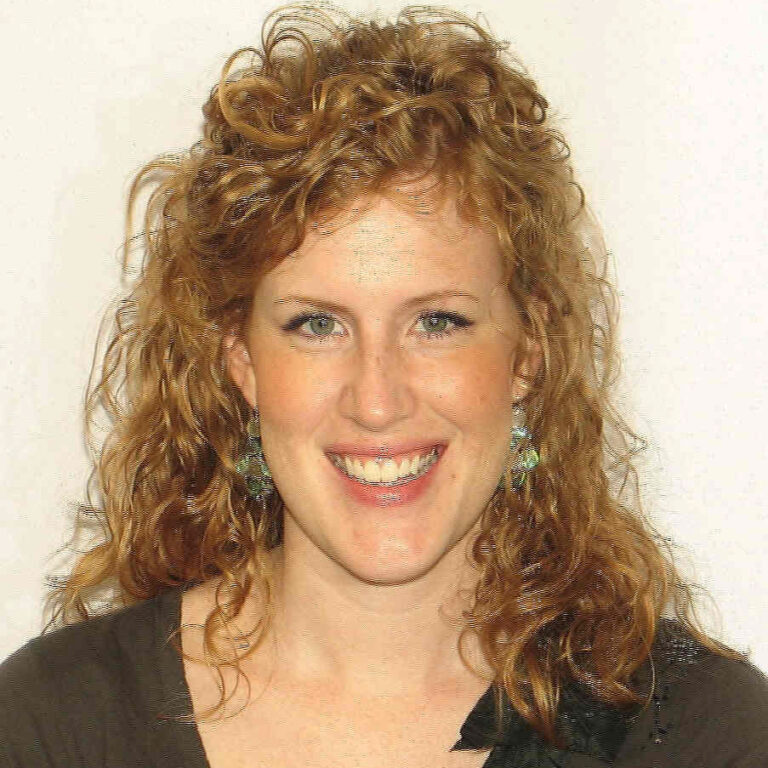My alma mater has been in the news quite a bit recently. As attention is turned on Larry Nassar and the gymnastics team, some have been looking more closely at Michigan State University football coach Mark Dantonio as well as Tom Izzo, the men’s basketball coach. Back when I was a graduate student at Michigan State, the whisper campaign was alive and well with regard to athletes and their treatment of women. One morning, I noticed “expel rapists” spray painted a number of times on one of the bridges that I regularly walked across. I thought it was notable that a large university with a Center for the Study of Gender in a Global Context, widely available counselling resources, a medical center, training in self-defense and its own police force, would do a better job with sexual violence, assault, and rape. Certainly, there was a wealth of both theoretical and applicable knowledge by the programs in gender, in counselling, in violence, in sociology, in criminal justice, to name just a few. And yet, the problems persisted. Accusers were silenced or ignored. The whisper campaigns continued.
While I appreciate the nuance and difficulty in discussing this larger cultural moment that exposes the mistreatment of women (and thanks to SNL for poking fun at this very issue), I cannot help but wonder about the difference between individual empowerment and institutional empowerment. It is well and good for individual women to speak up, as #MeToo demonstrates. Their stories must be heard. But it is not enough to just hear stories or for whisper campaigns to become audible. As the testimonies of countless athletes under Larry Nassar’s care reveal, just talking about the abuse of women and young girls and boys is not sufficient. Instead, we need institutional changes that make the abuse of women and young children impossible.

Jill Lepore, noted historian and writer for the New Yorker, wrote this, “#MeToo arises from the failure of empowerment feminism. Women have uncannily similar and all too often harrowing and even devastating stories about things that have happened to them at work because men do very similar things to women; leaning in doesn’t help. There’s more copying going on, too: pornography and accounts of sexual harassment follow the same script. Nobody writes anything from scratch. Abandoning structural remedies and legislative reform for the politics of personal charm—leaning in, dressing for success, being Doctor Barbie—left women in the workplace with few choices but to shut up and lean in more and to dress better. It’s no accident that #MeToo started in the entertainment and television-news businesses, where women are required to look as much like Barbie and Bratz dolls as possible, with the help of personal trainers, makeup artists, hair stylists, personal shoppers, and surgeons. Unfortunately, an extrajudicial crusade of public shaming of men accused of ‘sexual misconduct’ is no solution, and a poor kind of justice, not least because it brooks no dissent, as if all that women are allowed to say about #MeToo is ‘Me, too!’”
Lepore is referencing Susan Sandberg’s brand of ‘lean in’ feminism that calls for individual empowerment. While Sandberg’s sentiment is not incorrect, it fails to account for the systems in place that allow for women to be paid less than men or for women to be harassed in the workplace, in schools, or in public. Emphasizing individual action by individual women due to individual incidents is a good start, but it is a far cry from a solution. It’s like setting traps for individual mice on a regular basis instead of fixing the hole where the mice enter in droves. Why aren’t we fixing the holes that allow this behavior to continue unchecked?

Yesterday, Lynn Japinga wrote about the rape of Tamar, David’s daughter, by her half-brother, David’s son. Japinga observed, “All too often, the institution, whether a church, a university, or a business, has been silent, or has talked rather than listen. Children are told that they are imagining the abuse. Battered women are told to go back home and try not to make their husbands angry. Abused children and adults are told that the peace and well-being of the institution are more important than telling the truth, listening to the victims, and confronting the abuser.”
The problem with voicing individual stories is that they do not necessarily change the institutional systems that allow, tolerate, or encourage the abuse in the first place.
When will we be ready to make hard institutional and systematic changes to safeguard against continued abuse against women, children, and the most vulnerable in society? Who will defend the oppressed and cry out for justice, not just for individuals, but for the whole institutional fabric of American society?

